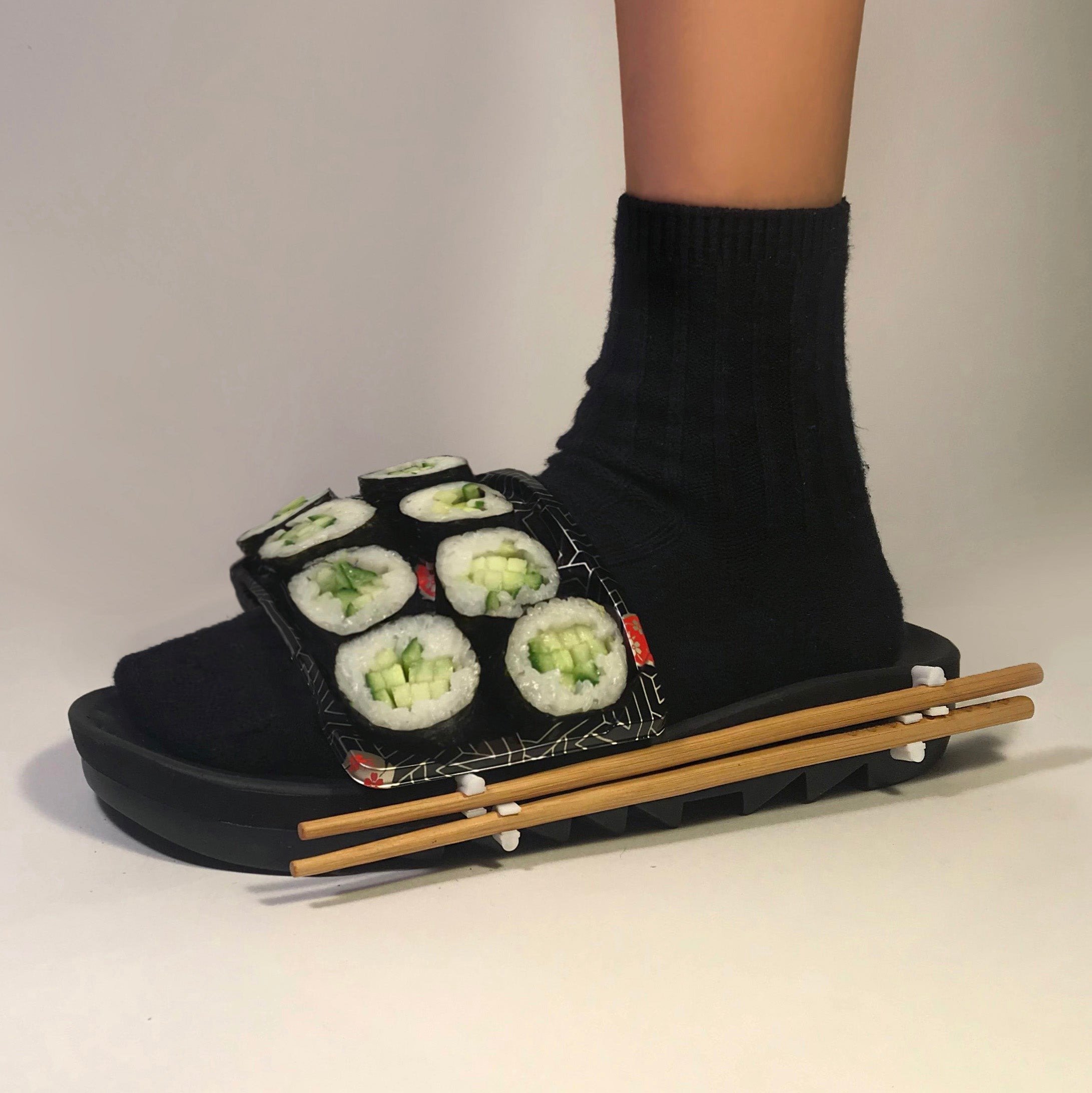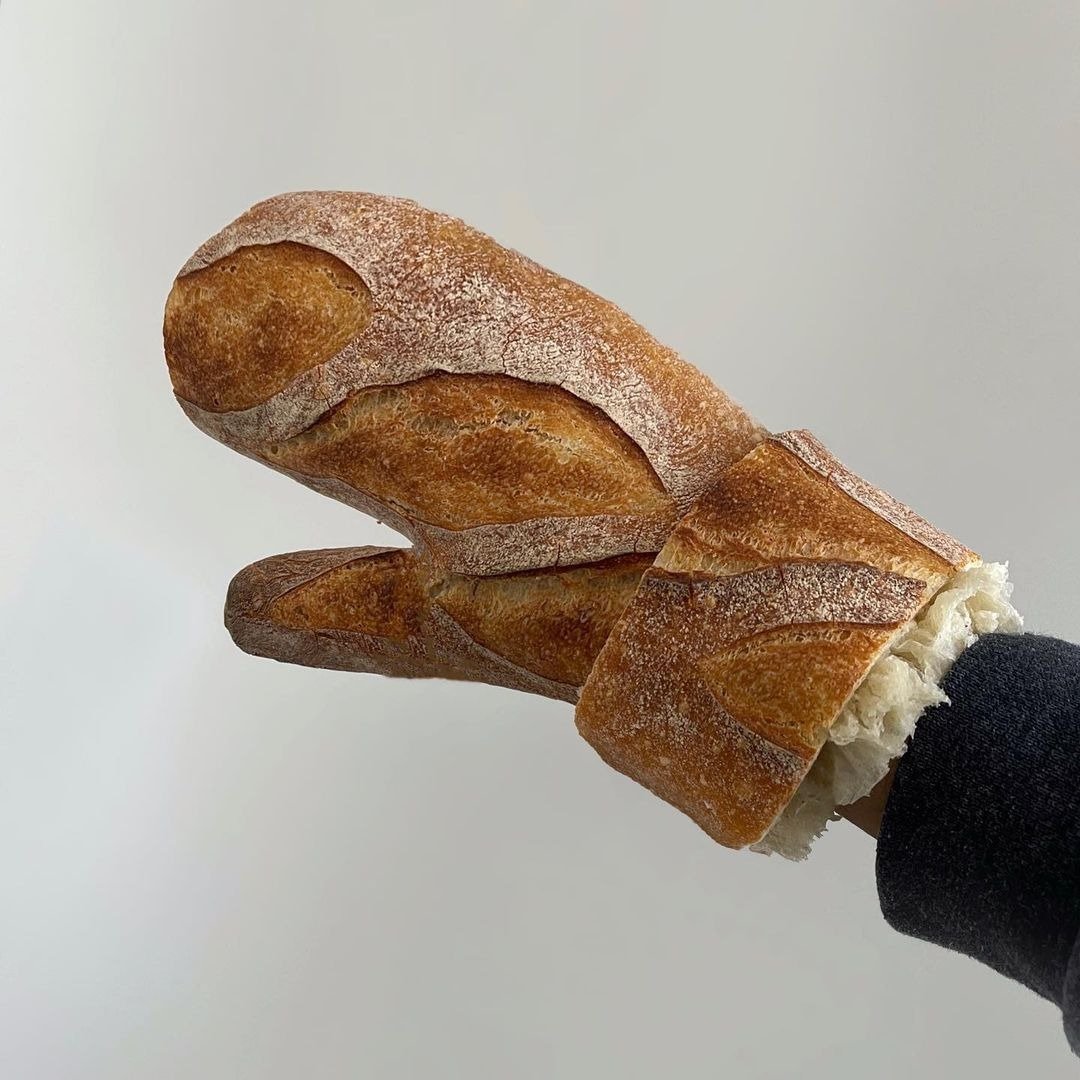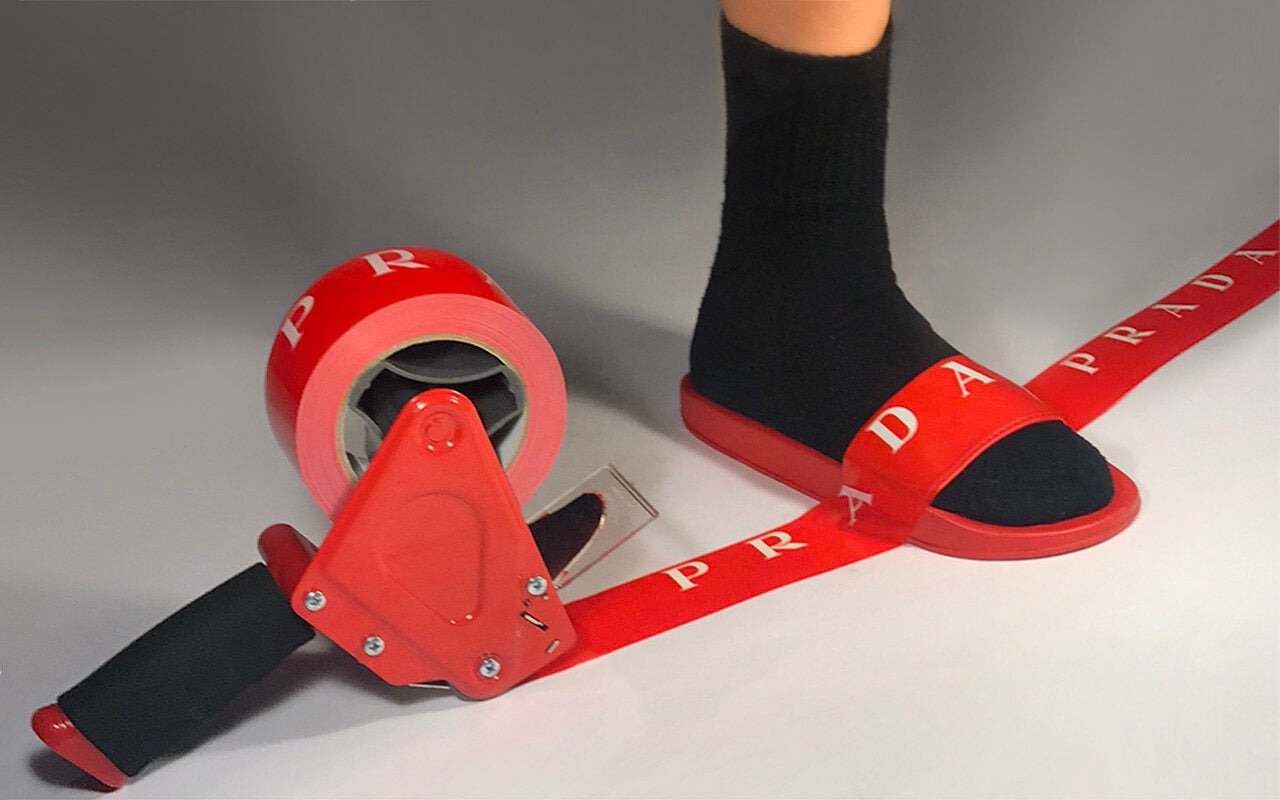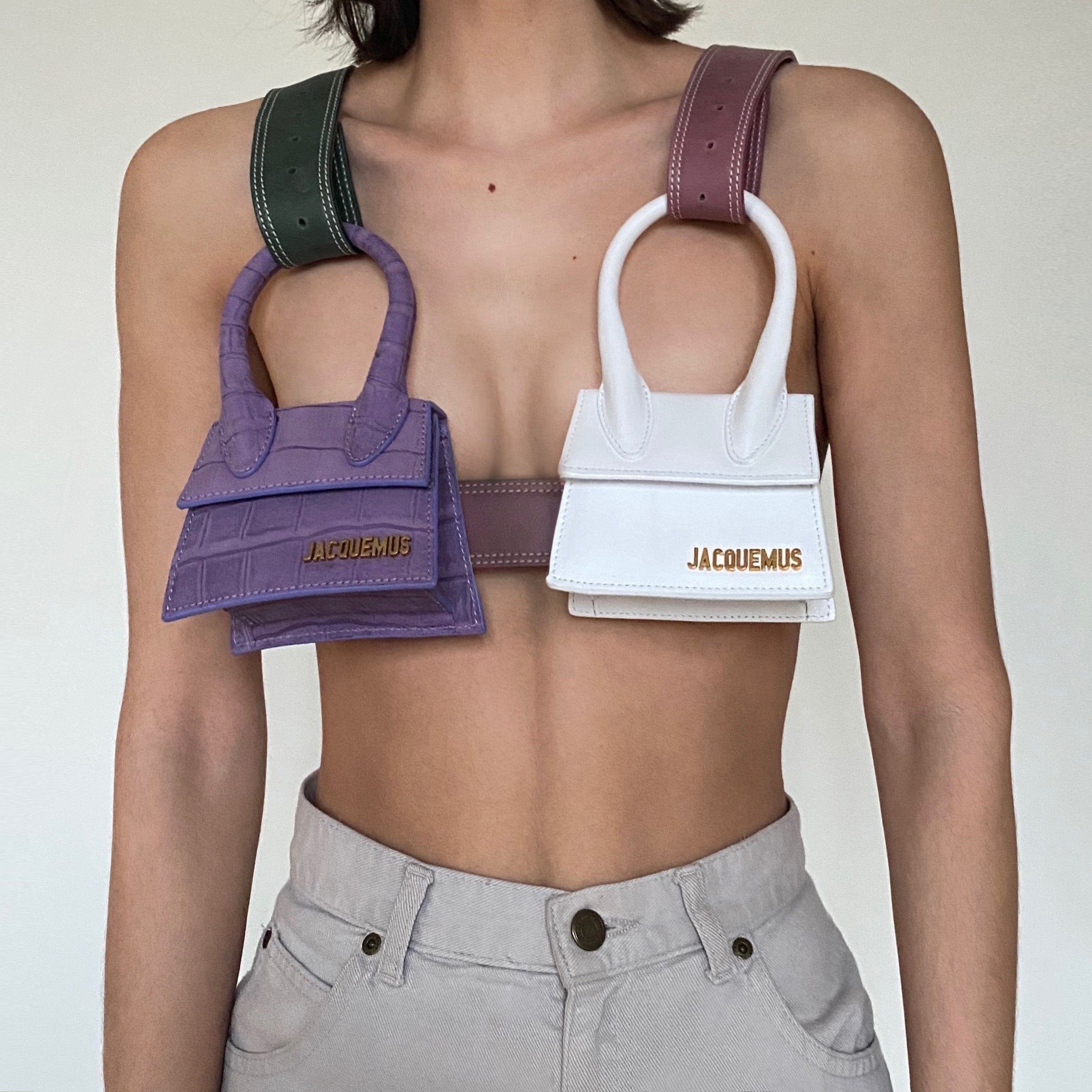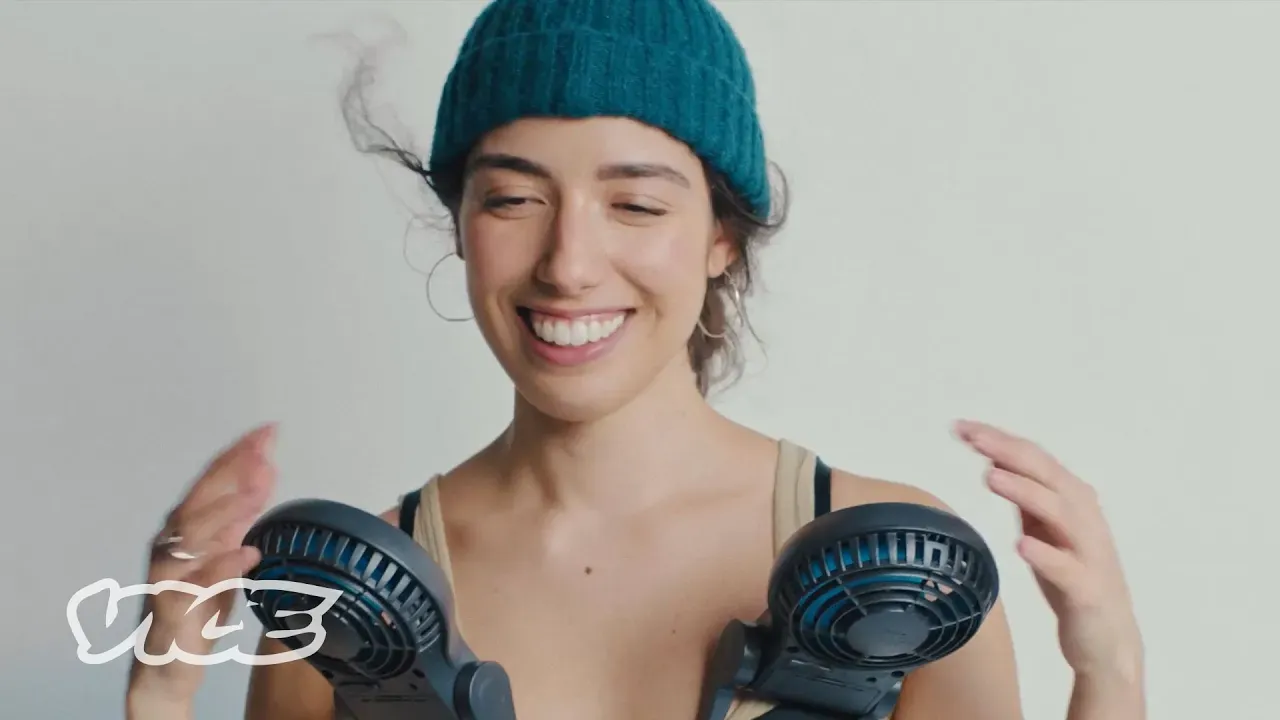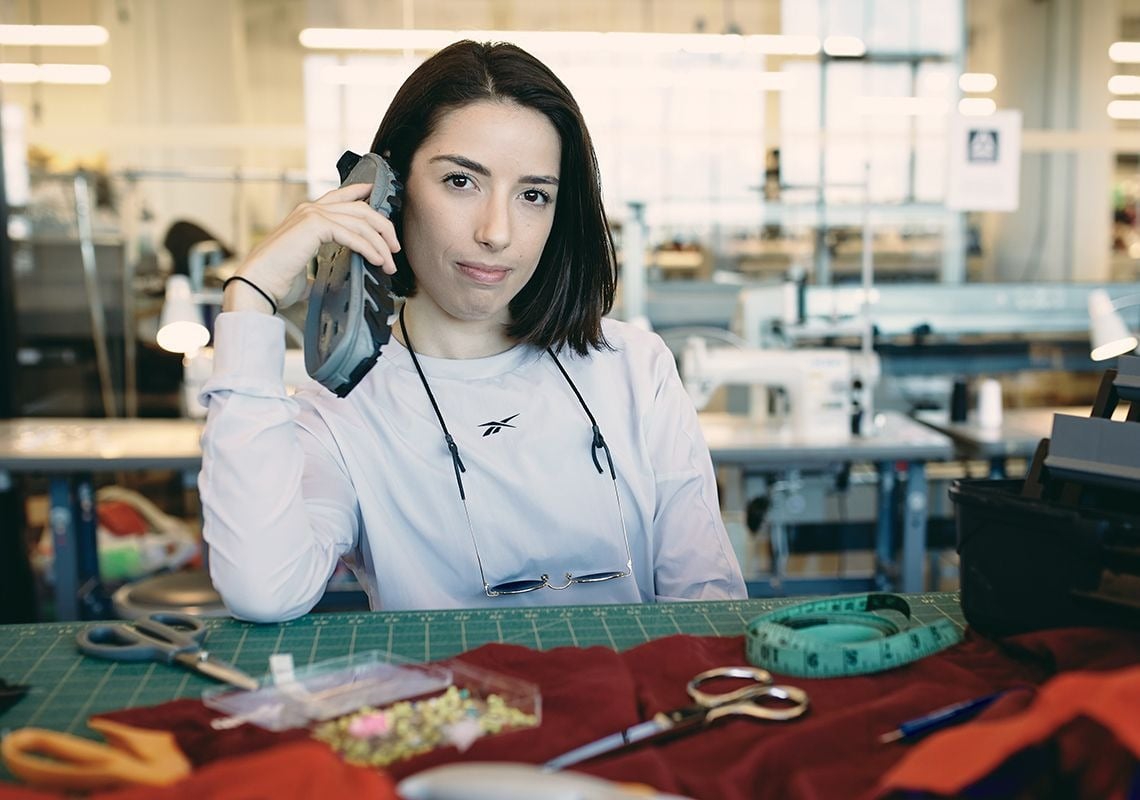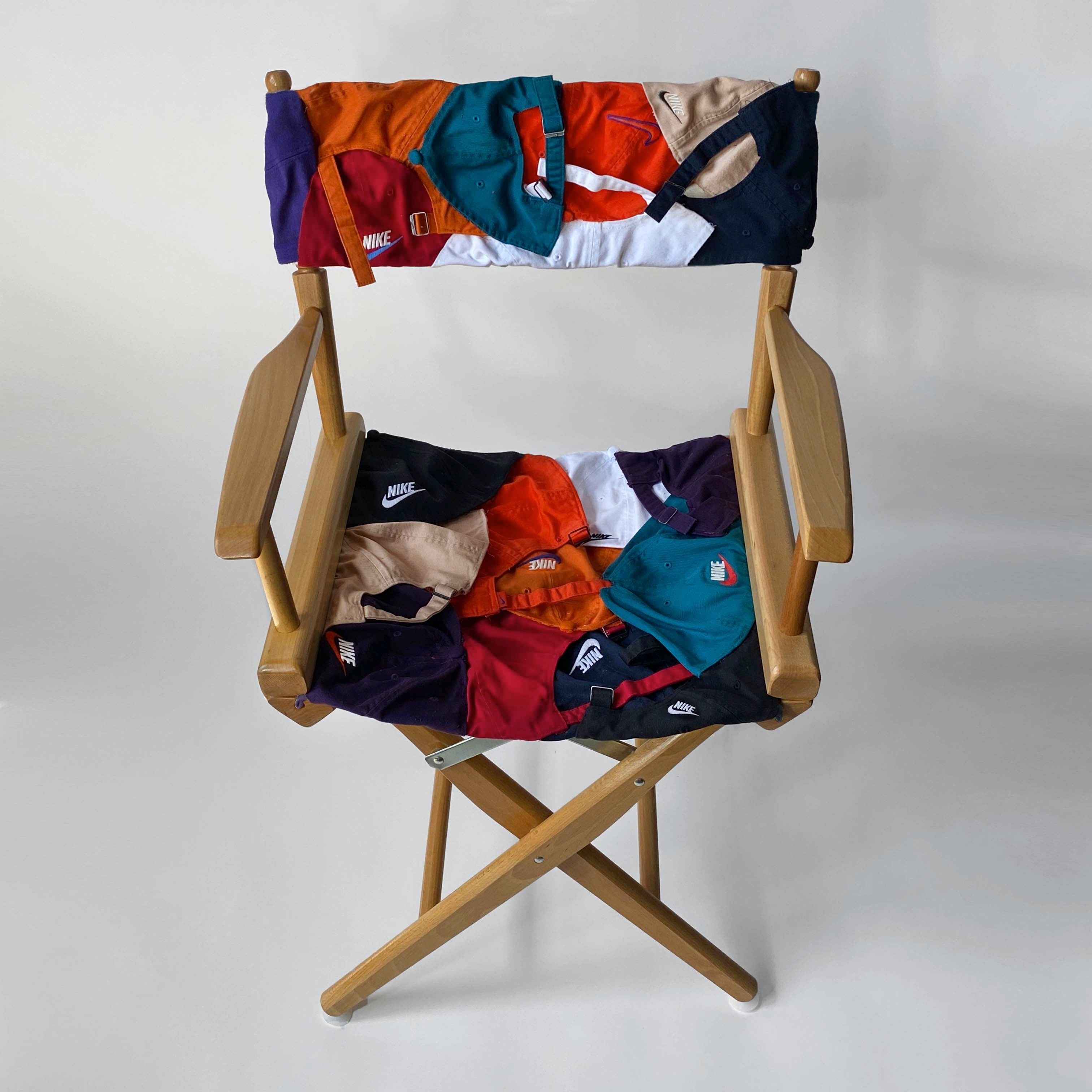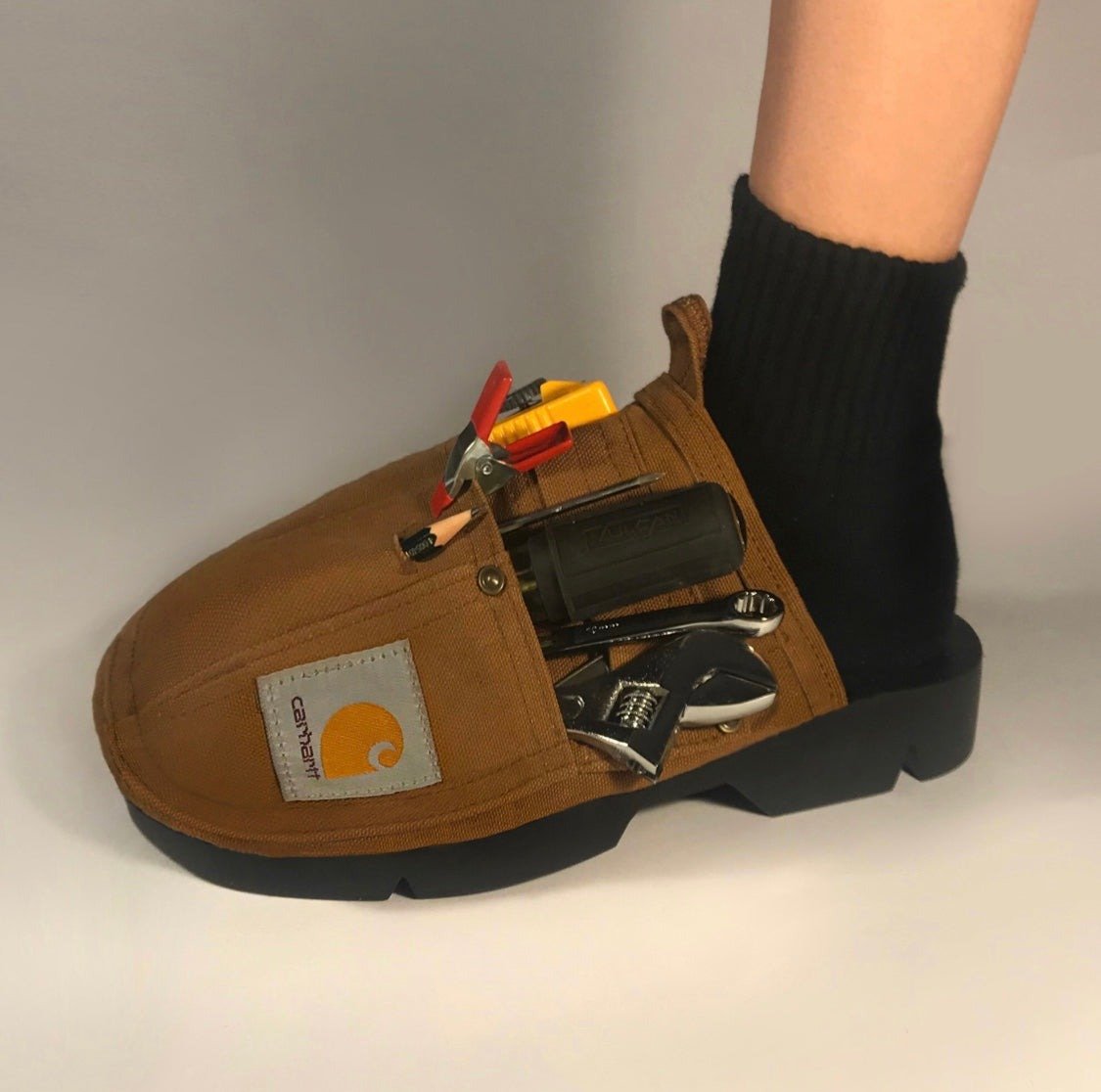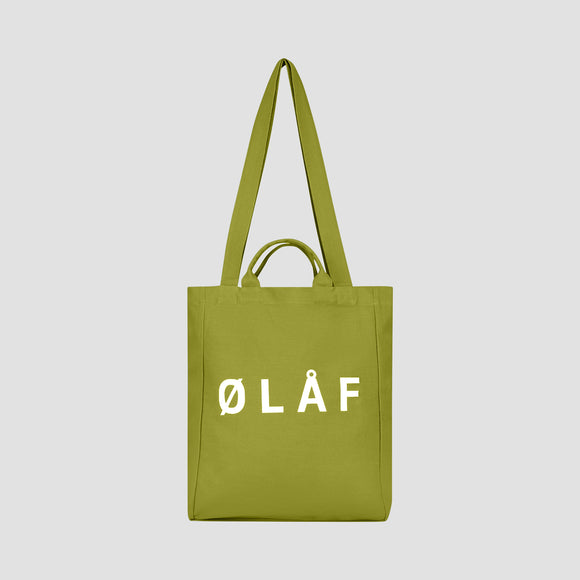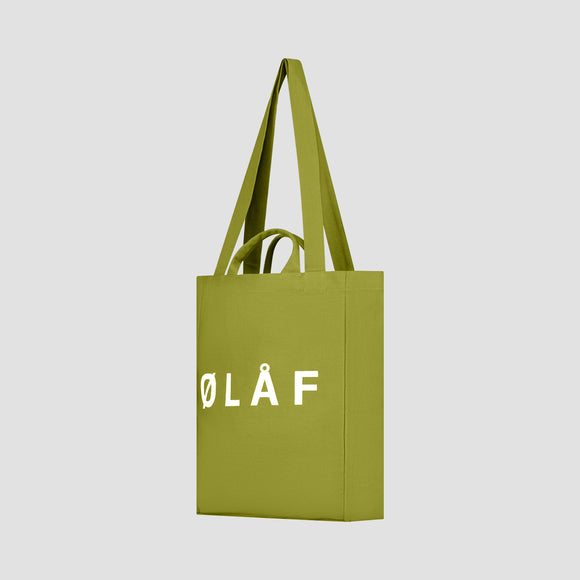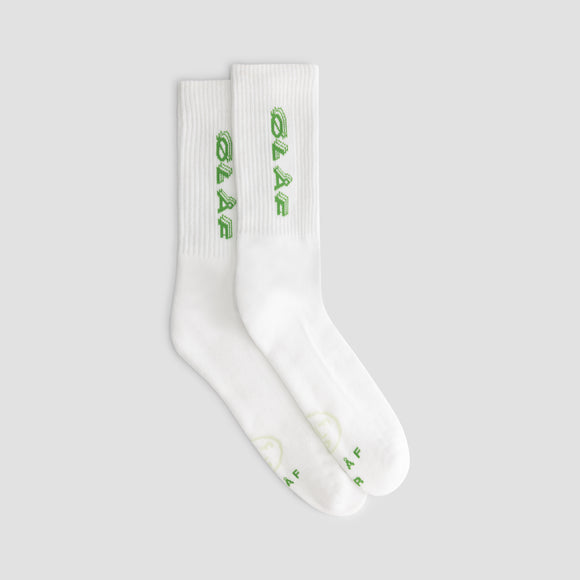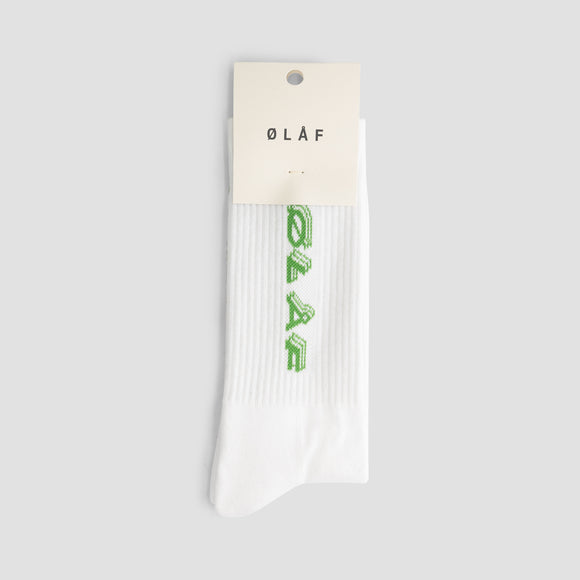Hey Nicole, you’re a highly sought-after designer working with international fashion brands. What gravitated you to the industry?
“Yeah, I have kind of a weird backstory. I went to school for speech language pathology. I had a deaf boyfriend when I was in high school and became fluent in sign language. I was very passionate about it, so I went to school to pursue it. Then I got to school and realized that I liked sign language more for the art of it and the visual form of communication. I toyed around with switching to an art or design school, but I ended up staying at the college I was at and started doing a general media program. I was doing more design, website design, packaging, that kind of stuff. That led me to my internship with Reebok right after I graduated. I still don’t know to this day how I ended up getting this internship because I had zero experience in terms of the fashion industry and footwear. But they had me come on as a graphic designer making graphics and prints for sports apparel, like running tights and tanks. That’s really when I started to learn about fashion; the patterns and the construction that comes with making clothing as well as the production side of it, like going to factories and understanding timelines. It was really during that time where I was curious to know how things are made. That's when I started to mess around with footwear, taking samples and things that were just laying around the office, cutting them up and frankensteining them together, just seeing what I could make out of it. During that time, everything was exploration and that’s kind of where I still am today. Everything I do is always practice. It’s always exploration. It’s never anything that’s meant to function perfectly or to be sold and mass produced. That’s never the intention behind it."
Yeah, it seems like a lot of your pieces can also be considered art.
“I get that question quite a lot, ‘Do you consider yourself more of a fashion designer or an artist?’. It took me a little while to figure out where I sit in the space. To me, I think I’m more of an artist and it just so happens that my medium is fashion. A lot of the pieces I make do function, they can be wearable pieces, but it’s just more about concept and an idea. So, I think that would sit more in the art space."

